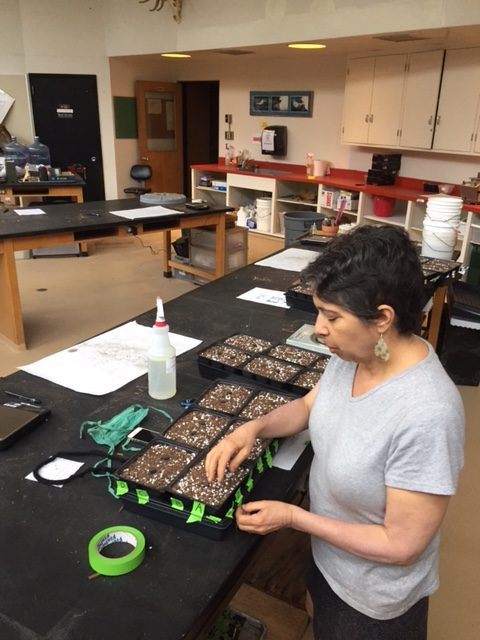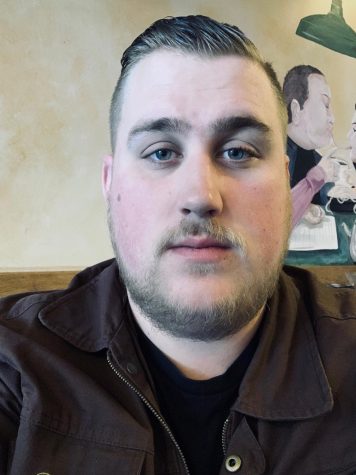In a sea of talented and successful professors, one has taken a stand to benefit STEM students.
Biology instructor Abigail Zoger is curating a program that she hopes will help students who enter the fields of science, technology, engineering and mathematics at Santa Rosa Junior College.
“If you look at the people who enter the sciences, a large number of them do not end up staying. For example, women in math and engineering, and other underrepresented groups in other sciences,” Zoger said.
The National Science Foundation, (NSF), and the American Association for the Advancement of Science suggest that undergraduate students need authentic science experience in order to become more comfortable and competent in their field of study. Zoger agrees that hands-on experiences such as internships have a huge impact on the retention and success of students in STEM.
“One of the problems is that you can’t give everybody an internship,” Zoger said. For this reason she is making an effort to provide internship-like experiences for students by bringing research into the classroom.
Two years ago Zoger wrote a grant to the NSF with the help of Cathy Prince, Dean of Instruction and Strategic Program Development for the Sonoma County Junior College District. SRJC was granted resources for faculty members to implement Course-based Undergraduate Research Experience (CURE). This includes training, money for supplies, student assistants if desired and time to create materials.
This is the 2nd year of the CURE program at SRJC, but Zoger started her own CURE four or five years ago with her students at the University of Charleston. In their experiment, they use Arabidopsis – the model organism for plants. She and her students are working with something called “knockout mutants”.
For the experiment the Salk Institute for Biological Studies in San Diego knocks out a gene from the Arabidopsis and gives the seed line to Zoger so that her students can examine the effects that drought stress has on the knockout mutant.
“We’re doing something very low-tech, growing plants, with very high-tech plants,” Zoger said. “So, even though the JC doesn’t have sophisticated equipment, we can do sophisticated research.”
CURE is not like typical coursework.
Zoger thinks it will benefit students because “It’s not cookie cutter, and so there has to be a little more struggle,” she said, “often struggling with something can lead to a better consequence than if something looks straightforward from the outset,” Zoger said.
Zoger recognizes that some students may not be aware of their potential when it comes to research. “There will always be students who are way better at research than I am. They don’t know that yet because they’re just wandering into my class,” Zoger said.
NSF considers a broad range of courses to be STEM, and will therefore help to fund CURE in a variety of departments, such as statistics, agricultural/natural resources and economics.
“I’ve been helping coordinate the grant and the training,” Zoger said. “We’re trying to make sure that there are courses that target different types of students.”
Zoger also sees CURE as a tool that could help students realize that they don’t like doing research.
“I didn’t really like doing research. And I’m not really good at doing research, but I really liked teaching,” Zoger said.
In search of a teaching job, she took her resume to the community colleges near Davis. She found a position as a botany instructor in Sacramento.
The community college she was hired at had no facilities and no greenhouse. “I would schedule my lab to be the week after [UC] Davis’s labs, so I would take [the] leftovers from the UC Davis botany lab and take them over to Sacramento,” Zoger recalled.
She loved teaching, so she pursued a career teaching at community college. She taught part time to build her resume and kept applying for full time jobs. Finally, Zoger found one at SRJC twenty years ago.
“There’s different kinds of students who do well [with CURE],” Zoger added, “And that student is sometimes not the ‘A’ student.”




Liko Puha • Sep 13, 2017 at 8:08 am
Great article!